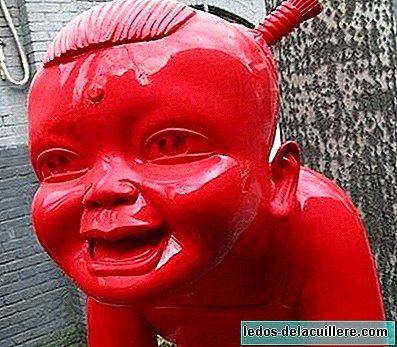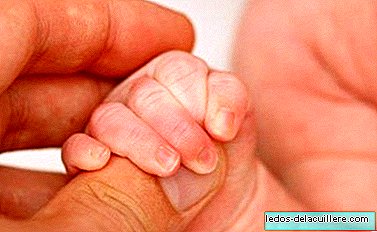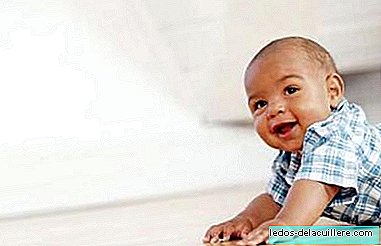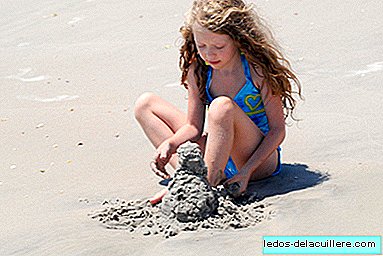
A few days ago I was struck by the image of a child of little more than a year with completely red skin, and as a result I searched for some information about that disorder. The little one suffers a rare disease, known as Netherton syndrome, which is characterized, among other symptoms, because the epidermis is stained red.
Netherton syndrome is a rare skin disease whose estimated incidence is 1 in 200,000 births. It owes its name to E.W. Netherton, who first described it in 1958. This disease is characterized by the presence of ichthyosis, a skin disease of genetic origin, which describes a group of conditions.
Netherton syndrome is also usually accompanied by atopic dermatitis and trichorrhexis (hair alterations). Hair problems result in short, short hair that breaks easily, both in the head, eyebrows and eyelashes, as in the rest of body hair. These hair alterations are usually known as "bamboo hair".
Ichthyosis is relatively common, and causes the skin to become dry and flaky, probably due to a defect in the metabolism of the corneocytes (a certain type of skin cells), or the fat-rich matrix around these cells
The skin of babies suffering from this disorder is characterized by visible scales, which adopt different distribution patterns and can be located or generalized. Scales can be difficult to distinguish clinically from other childhood erythema (The literal meaning of "erythema" is 'red').
In some variants of the disease, other skin disorders can be observed. The severity of ichthyosis ranges from mild dryness to severe dryness with scaling that can become disfiguring.
Ichthyoses can be inherited and acquired. It manifests itself in the first 10 days of life and is most evident around eyes, mouth and external genitals, worsening with infections. Already in these first days of life of the baby usually presents a generalized erythroderma (redness of the skin).
Approximately 70% of patients show allergic manifestations associated with atopy: bronchial asthma, atopic dermatitis, rhinitis and increased levels of class E immunoglobulins. Also urticaria and angioedema.
Netherton's disease may receive some treatments that improve symptoms, although it can sometimes be serious. Common complications include: diarrhea and intestinal malabsorption, hypernaremic dehydration and recurrent infections. The evolution of the disease is heterogeneous.
In some cases it can associate hypernatremia (abnormal increase in sodium in the blood), dehydration, coma. They have also been described in some cases presentation of aminoaciduria, recurrent infections, growth retardation and mental retardation.
The prognosis can be serious for newborns with life-threatening complications and there is a high postnatal lethality. Skin disorders and hair abnormalities They persist throughout life. Symptoms decrease with age and in some patients growth improves during the second year of life.
One in 2,000 babies is born with a rare disease. These are cases that due to their low frequency and lack of knowledge are little investigated, with the consequent lack of treatment. Of the approximately 7,000 rare diseases that exist, only 2000 have a specific treatment.
Some pathologies are cat meow syndrome, Angelman syndrome, spinal atrophies, muscular dystrophies and bone dysplasia.
Netherton syndrome constitutes one of these rare pathologies that they deserve to have more consideration and not to be forgotten by medical researchers.












